High blood pressure, or hypertension, affects millions worldwide and is a leading risk factor for heart disease and stroke. While medication plays a crucial role for many, lifestyle-based biohacking offers powerful, evidence-backed tools to support healthier blood pressure levels. This comprehensive checklist outlines short routines, simple habits, and tracking strategies designed specifically for people managing hypertension—without requiring drastic changes.
Biohacking refers to using science, technology, and self-experimentation to optimize physical and mental performance. When applied to hypertension, it means making small, measurable lifestyle adjustments that directly influence blood pressure. These changes are not replacements for medical treatment but can enhance its effectiveness and, in some cases, reduce dependency over time under medical supervision.

Begin your day with two simple biohacks: hydration and sunlight exposure. After 6–8 hours of sleep, your body is mildly dehydrated, which can constrict blood vessels and raise blood pressure. Drink 16 oz (about 500 ml) of water immediately upon waking. Adding a pinch of high-quality sea salt can help with electrolyte balance, supporting vascular function.
Next, get 5–10 minutes of natural sunlight within the first hour of waking. Sunlight helps regulate circadian rhythm and boosts nitric oxide production—a molecule that relaxes blood vessels and lowers blood pressure. No need to tan; just step outside without sunglasses for a brief walk or while sipping water.
Controlled breathing is one of the most effective, immediate biohacks for lowering blood pressure. The resonance breathing technique—also known as coherent breathing—has been shown in studies to reduce systolic pressure by 5–10 mmHg with regular practice.
Try this:
Use a breathing app or metronome to maintain rhythm. Over time, this practice enhances heart rate variability (HRV), a marker of autonomic balance and cardiovascular resilience.
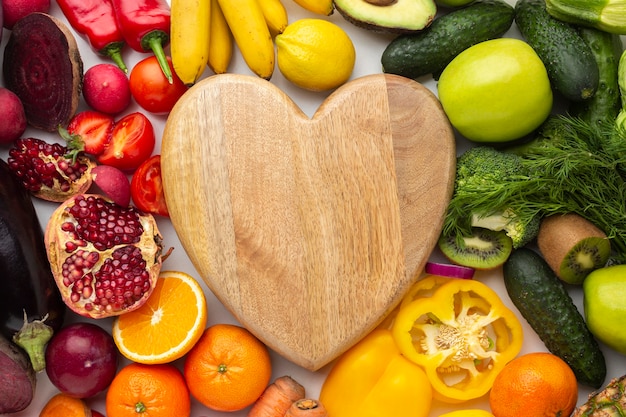
Focus on foods rich in potassium, magnesium, and nitrates. These nutrients counteract sodium’s effects and support blood vessel dilation.
Top biohacking foods:
Limit processed foods, excess sodium, and alcohol—each contributes to elevated pressure. Even reducing salt by 1,000 mg per day can lead to measurable improvements.
You don’t need intense gym sessions. Short bursts of movement throughout the day can significantly impact blood pressure. Sedentary behavior increases vascular stiffness; breaking it up helps.
Try these micro-habits:
Brisk walking for 30 minutes most days has been shown to reduce systolic pressure by up to 7 mmHg—comparable to some medications.
Poor sleep disrupts hormonal balance and increases sympathetic nervous system activity—both raise blood pressure. Aim for 7–8 hours of quality sleep nightly.
Biohacks to improve sleep:
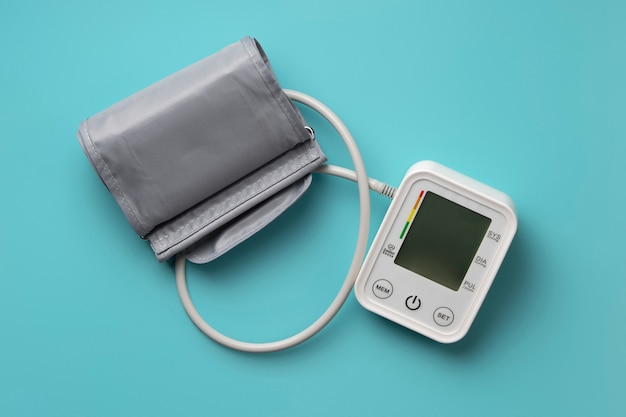
Self-monitoring is a cornerstone of hypertension biohacking. Use a validated upper-arm blood pressure monitor to track readings twice daily—morning and evening—for at least one week per month.
Record data using a journal or app. Look for trends, not single readings. A downward trend over weeks indicates progress. Share logs with your healthcare provider for informed decisions.
Chronic stress elevates cortisol and adrenaline, contributing to sustained high blood pressure. Biohacking stress includes mindfulness, cold exposure, and HRV training.
Try this:
Managing hypertension through biohacking isn’t about perfection—it’s about consistent, small wins. Combine hydration, breathing, movement, nutrition, and tracking into a sustainable routine. Over time, these habits compound, leading to better cardiovascular health and greater control over your well-being.
Always consult with a healthcare provider before making significant changes, especially if you're on medication. Used wisely, biohacking empowers you to become an active participant in your health journey.

Health

Health

Health

Health
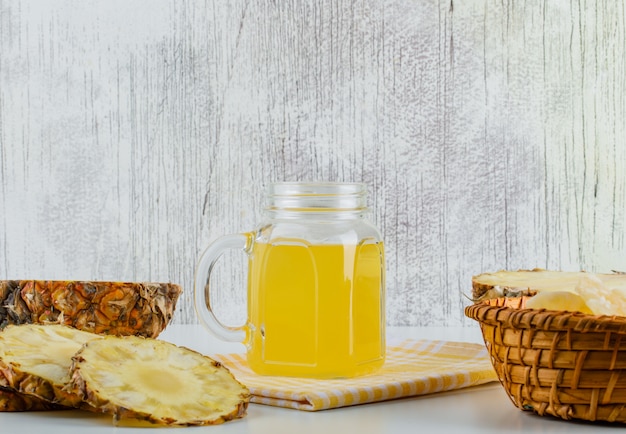
Health
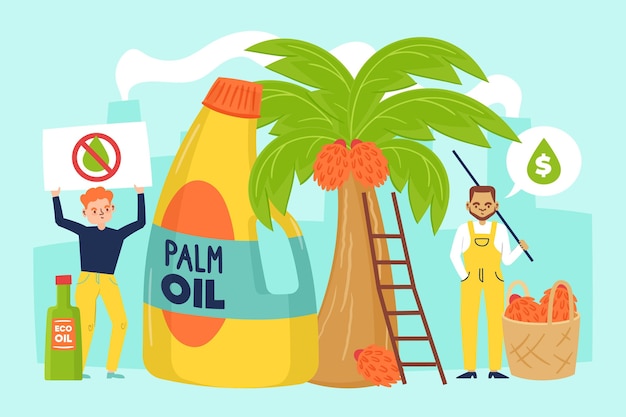
Health
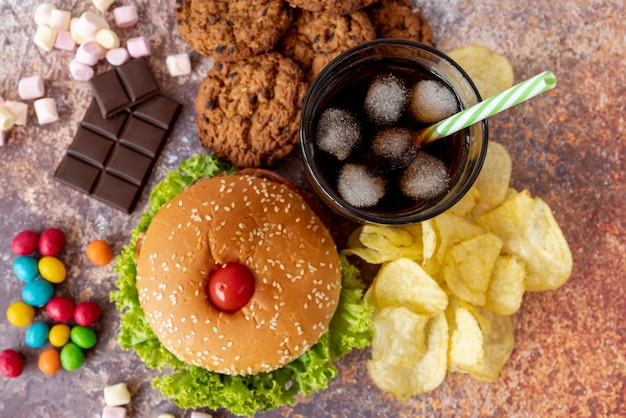
Health
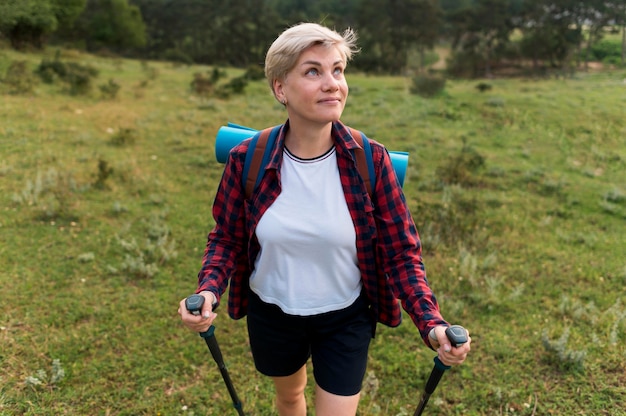
Health

Health
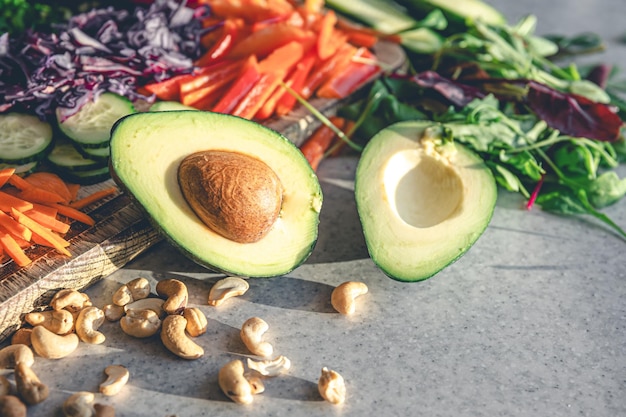
Health
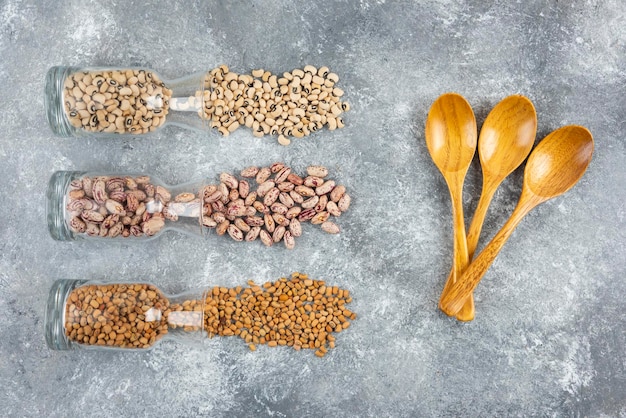
Health
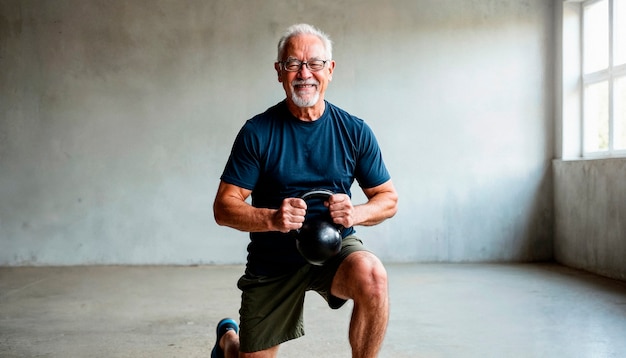
Fitness

Health

Fitness

Health

Health